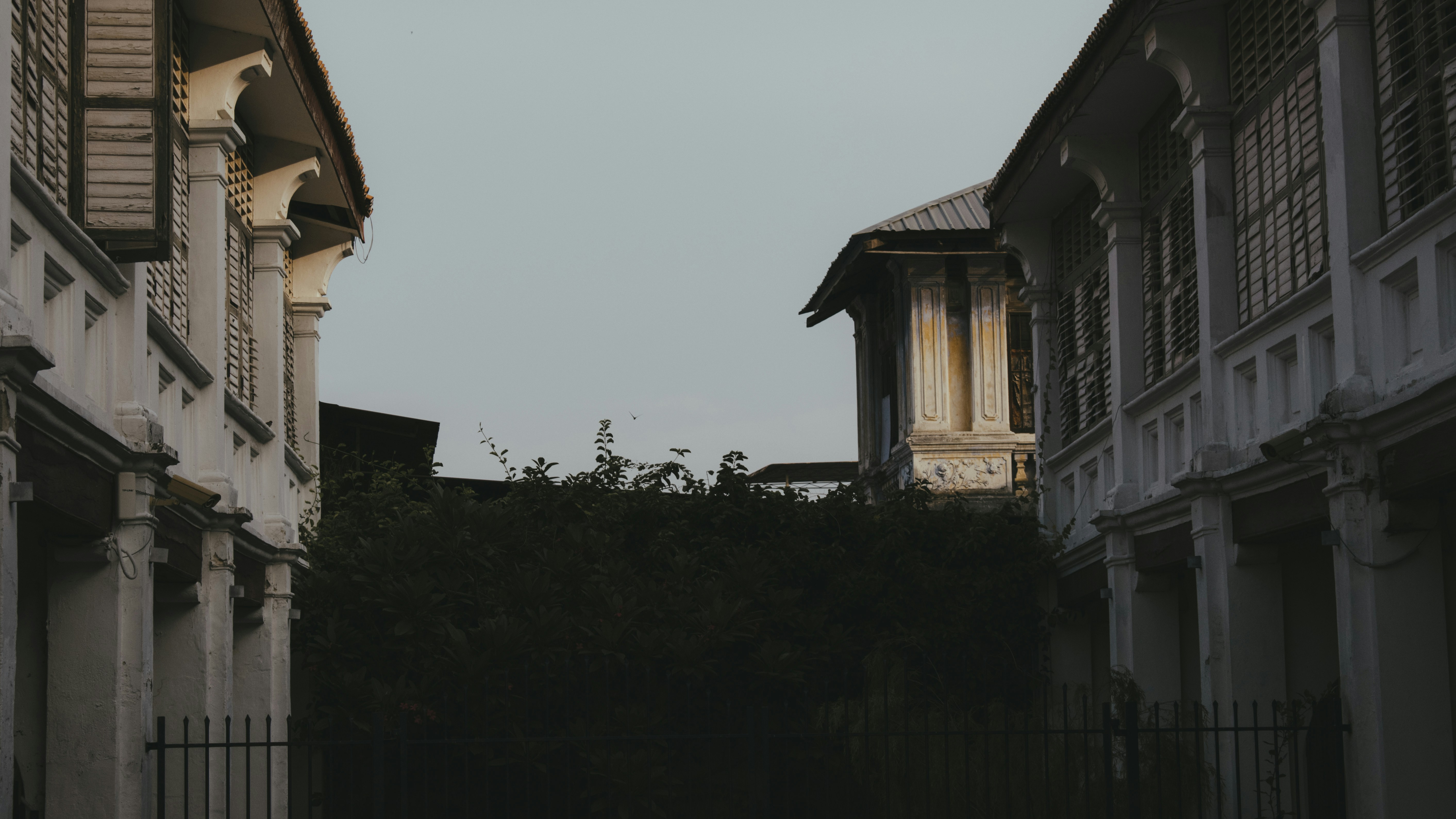Local History Matters Most Immediately
By Eugene Quah
September 2024 LEST WE FORGET
References
- [1] Charles Loch Mowat (1965), “A Study of Bias in British and American History Textbooks”
- [2] Cheah Boon Kheng (2007), “New Perspectives and Research on Malaysian History”
- [3] Frank Diggins (2003), “The true history of the discovery of penicillin by Alexander Fleming”, March 2003 – Biomedical Scientist.
- [4] Halimah Mohd Said, Kalaivani Nadarajah, Sivachandralingam Sundara Raja and Asma Abdullah, eds. (2018), “History for Nation Building”
- [5] Kementerian Pendidikan Malaysia (2018), “Sejarah Tingkatan 3”
- [6] Kementerian Pendidikan Malaysia (2020) “Sains Tingkatan 5”
- [7] M. Williams (1996), “Researching Local History the Human Journey”
- [8] William Dalrymple (2023), “Edit it and then re-edit, and edit it again: William Dalrymple opens up on writing and contestation of history”, Accessed 2nd August 2024: https://www.saket.blog/2023/03/william-dalrymple.html
- [9] William Storr (2019), “The Science of Storytelling: Why Stories Make Us Human and How to Tell Them Better”
- [10] Danny Wong Tze Ken, “History in the Malaysian Public Sphere,” Journal of the Malaysian Branch of the Royal Asiatic Society, Volume 96, Part 1, No. 324, June 2023 pg. 1-19.
Eugene Quah

is an independent researcher and writer who is working on a book tentatively called “Illustrated Guide to the North Coast of Penang”. He rediscovered the joys of writing after moving back to Penang from abroad.




